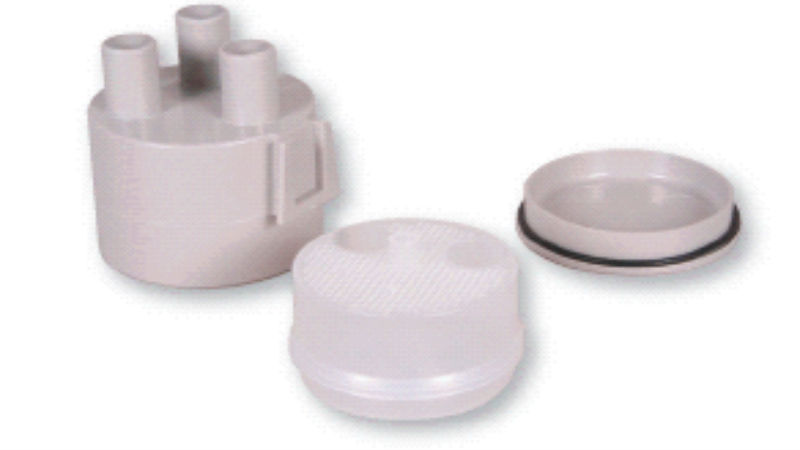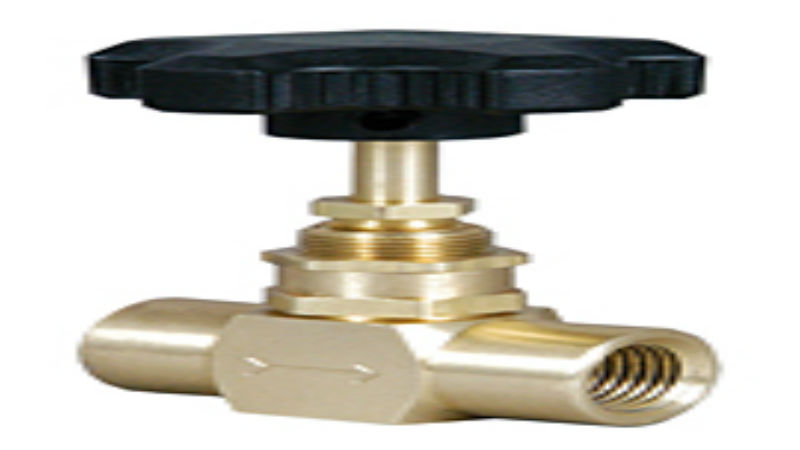When it is necessary to install a ball valve, options do exist. While various types are available for use in the fluid power industry, the application, as well as the existing environment, will indicate what may work best. In taking into consideration the available operating space, sometimes the best option possible is the mini ball valve. It is an effective and reliable means of control in small and constricted areas.
Introducing Mini Ball Valves
Mini ball valves have everything their larger counterpart has except for size. They come in a variety of different materials – including brass and PVC. The identifying and major component of the composition of this valve consists of a ball. The positioning of the ball is responsible for controlling the flow of fluids or gases through its body. Depending upon its intended application, mini ball valves control diverse materials or substances – usually non-corrosive, including:
- Gas
- Oxygen
- Water
As is the case with standard or traditional ball valves, the body style –single body, split body, top entry or welded will address the requirements and specifications of the application.
Applications of the Mini Ball Valve
Mini ball valves find use in various industrial, residential and commercial applications. Among the more common use for mini ball valves are in the fluid control of various instruments and devices for the dental and medical professions as well as the following industries:
- Automation
- Machine tools
- Packaging
- Petrochemical
- Pneumatic systems
- Robotics
- Semiconductor
- Textiles
In fact, mini ball valves are capable of handling the functions of the bigger ball valves but do so where space is at a premium.
The Mini Ball Valve
Min ball valves are one option where the size of the space constricts the ability to install or remove a larger valve. Yet, despite their size, they can deliver the efficiency and meet the demands of their larger cousins. In fact, for a mini ball valve, size really does matter.


